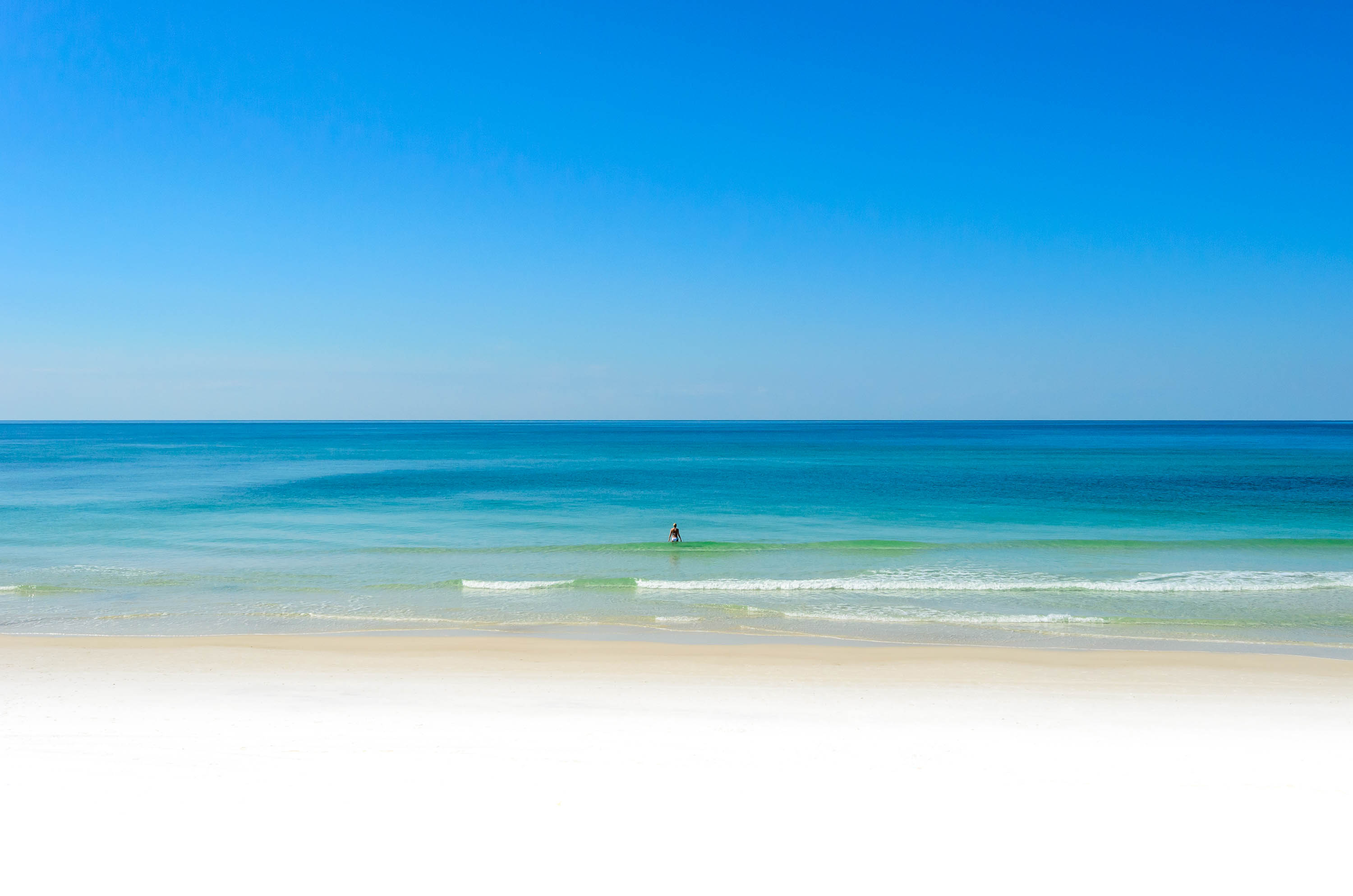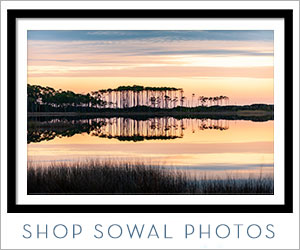From Walton Sun
As many as 158 property owners could be risking prosecution under the federal Endangered Species Act if they complete construction of sea walls permitted by Walton County.
At least 52 who have finished their sea walls, along with the county, are already liable if violations of the federal law occur, according to U.S. Fish and Wildlife Service estimates.
The agency notified Walton County commissioners Monday of the number of times the ?taking? of what it believes is endangered species habitat could occur if all 220 permitted property owners complete their sea walls.
A letter signed by Deputy Field Operator Janet Mizzi provided estimates the county had requested, said U.S. Fish and Wildlife spokeswoman Lorna Patrick.
Mizzi?s letter repeated a call for county officials to apply for an incidental take permit. Such a permit would prevent federal officials from having to order each property owner to apply individually for take permits, it said.
Walton County Administrator Ronnie Bell said issues raised in the letter will be addressed at the County Commission?s Feb. 14 meeting.
Pat Blackshear, the county?s planning and development director, and other county staffers will research the Fish and Wildlife request and report to the county commission, Bell said.
Blackshear could not be reached for comment Wednesday. County Attorney David Hallman did not return phone calls seeking comment.
?Incidental taking? is the federal government?s term for depriving endangered species of habitat through construction or some other means.
On July 12, 2005, ? two days after Hurricane Dennis damaged or destroyed hundreds of Walton County homes and businesses ? the County Commission voted to permit emergency armoring of coastal properties.
However, federal officials contend that the county did so without notifying residents of the need to obtain federal take permits, Patrick said.
Now county officials must deal with the sticky issue of helping coastal property owners by obtaining the costly permits - something that might not sit well with inland property owners ? or letting the coastal property owners fend for themselves.
?There are pros and cons,? noted Gerry Demers, an engineer with the county?s Planning and Development Department. ?But those beaches are probably our greatest asset.?
The Commission could also ignore the federal government?s call for action. But that could prove costly.
Because neither the county nor the affected property owners sought federal permits before supposedly taking endangered species? habitat, all are liable, said Patrick.
No one is in violation of the Endangered Species Act until an animal of concern is harmed, such as a sea turtle being unable to nest. But at the moment liability exists if habitat was taken during construction.
?We have not covered anyone for incidental taking in Walton County,? Patrick said. ?If something happens to the sea turtles in the upcoming nesting season, they?re liable.?
Mizzi?s letter warns county officials that documented harm could lead to criminal prosecution.
?The county and the individual property owners are subject to law enforcement prosecution under the Endangered Species Act if take of a federally protected species is documented from the armoring while not covered under an incidental take permit,? the letter said.
The letter also states, ?The Service would not anticipate seeking prosecution provided the county is in the process of applying for a countywide incidental take permit.?
The estimates that the Fish and Wildlife Service provided to the county were based on data from ongoing site inspections by the state Department of Environmental Protection, the letter said.
Data collected so far from 110 sites indicated that endangered species habitat had been taken in 52 of the 79 cases where seawall construction had been completed. That is about 72 percent of projects, Mizzi?s letter said.
?Based on this estimate we would anticipate that 158 of the 220 properties could result in the incidental take of federally protected species,? the letter said.
The county issued only temporary armoring permits good for 60 days. The state must issue another permit if any of the structures are to be permanent. Only one state permit has been issued thus far.
Federal Endangered Species Act take guidelines don?t differentiate between temporary and permanent structures, the Fish and Wildlife letter said.
Sea turtles, which have nested in great numbers on South Walton County shores in recent years, ?would be most affected by the temporary armoring,? the letter said. It listed four species - the loggerhead, green, Kemp?s Ridley and leatherback, as possibly impacted by the sea walls.
The letter also said that Choctawhatchee Beach mice and piping plovers could have lost habitat.




 Our district's Cindy Meadows is an exception to this, partially because of her background as a land planner. We need more minds like hers.
Our district's Cindy Meadows is an exception to this, partially because of her background as a land planner. We need more minds like hers.











